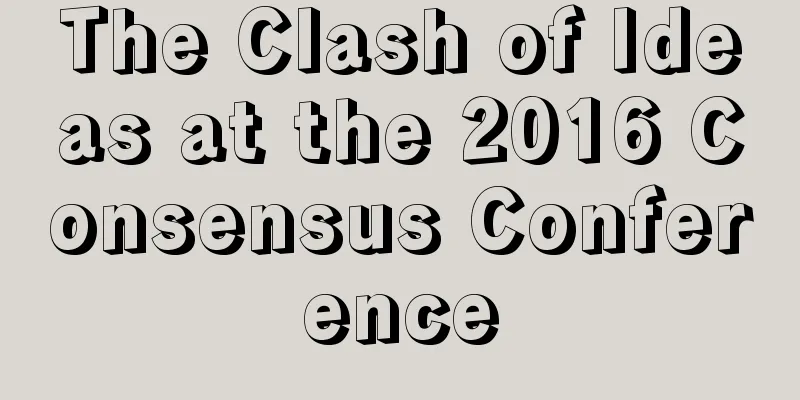The Clash of Ideas at the 2016 Consensus Conference

Translation: Annie_Xu In the final panel session on the second day of the Consensus 2016 conference, two industry heavyweights clashed over the benefits of public and private blockchains. The debate was between David Rutter, CEO and founder of R3CEV, a consortium dedicated to developing transparent transaction channels for banks on a large scale, and Balaji Srinivasan, CEO and founder of 21Inc, a bitcoin mining company that received the highest amount of funding at $121 million. The panel moderator, Paul Vigna, author of “The Age of Cryptocurrency” and a contributor to The Wall Street Journal, initiated the fascinating exchange of ideas by friendly asking the two founders to point out the flaws in each other’s corporate strategy. Srinivasan, who just announced his plan to turn every computer into a bitcoin computer, began by pointing out the flaws in how a trusted blockchain or ledger works. Citing the recent controversy surrounding Alibaba, he said the lack of trust between China and the United States is a testament to the dangers of over-extending trusted networks.
To prove his point, he cited his preference for the Bitcoin blockchain as an example; because the Bitcoin blockchain is not only distributed, but also public, which means that the trading parties can conduct transactions across large regions without knowing each other. David Rutter Rutter, former chief executive of brokerage ICAP, argued that banks did not need such insurance because they had existing partnership agreements. He highlighted that legal documents embedded in banking processes and regulations prove that potential customers do not need to trust the system.
Unusual competitors While the two companies appear to be competitors on the surface, their potential customer bases are very different; 21Inc markets to ambitious developers, while R3CEV develops products for global banks. Another significant difference between the two ostensible competitors is the time it takes to bring their products to market. While Rutter admits that his colleagues put him under considerable pressure to develop a practical product quickly, Srinvasan says the company still has plenty of time before his idea is realized. Although both sides asked various difficult questions, they tried to be friendly. Srinivasan said he was not optimistic about private blockchains until he read Richard Gendall Brown’s article about R3CEV’s Corda project; Rutter hinted that he might try to get some Bitcoin, but he is not sure yet. |
<<: Deloitte announces 5 blockchain partner companies and 20 technology prototypes
>>: Craig Wright 'will prove he is Satoshi Nakamoto by moving Bitcoins'
Recommend
Is it true that women with high nose bridges have a hard life?
In fact, it is easy for us to see many problems f...
Solve your problems from the perspective of physiognomy
What troubles have you had recently? Unexpectedly...
Do men with willow-shaped eyebrows have good fortune? They may become famous in the future!
What does a man with willow-shaped eyebrows look ...
How to learn fortune telling and horoscope reading
From face reading to fortune telling, are there a...
What does it mean when you can't see the ears from the front?
The ear is the organ that receives sound informat...
Bitcoin startup 37coins is about to shut down due to project development obstacles
37coins, a startup engaged in Bitcoin remittance ...
Today, Antminer S9 officially launched EOS
Antminer S9 officially EOS EOSAnt Financial will ...
What are the characteristics of a person with Tianshanghuo fate having a mole on his hand?
Nowadays, palmistry occupies a very important pos...
How to tell fertility from palmistry
A person's fertility can be seen from palmist...
Judging people's faces from their eight characters
Everyone knows that one can tell a person's f...
How to tell the gender of the baby from palmistry
Palmistry to predict the gender of the baby State...
Is it good for a woman to have two marriage lines on her right hand? Palmistry analysis of a woman having two marriage lines on her right hand
Is it good for a woman to have two marriage lines...
Does a woman with a mole on the right corner of her eye have an unlucky face towards her husband? How to interpret the face of a person who brings bad luck to his husband?
A woman who is unlucky in marriage may cause vario...
What is the fate of a man with thick eyebrows? Does a man with thick eyebrows mean he will be rich?
Eyebrows are located above the eyes, often playin...
How is the career luck of people with slanted career lines?
How is the career luck of people with slanted car...









